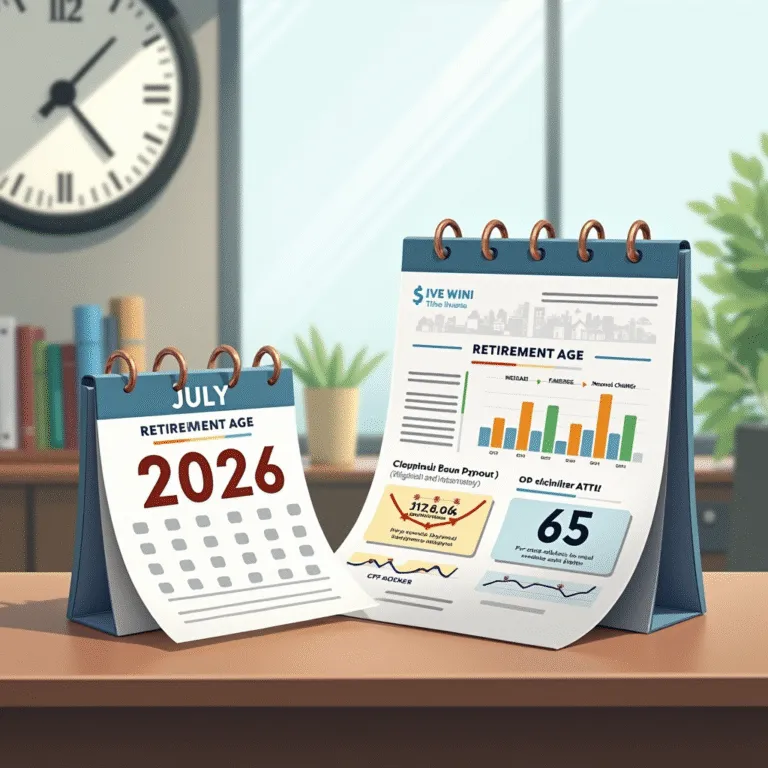70 Years of Singapore’s Central Provident Fund: A Journey of Resilience, Adaptability, and Self-Reliance
Hey there! Let’s take a chill walk through the fascinating journey of Singapore’s Central Provident Fund (CPF) – a story deeply woven into the fabric of Singapore’s own growth, resilience, and endless adaptability. As the CPF marks its 70th anniversary, it’s quite something to reflect on how this essential institution has evolved alongside the nation, helping everyday folks plan for their futures in ever-changing times.
So, CPF started back in 1955, even before independent Singapore was a thing. Picture a Singapore where life was a lot tougher, money was tight, and retirement felt like a dream that was far, far away. Most workers lived paycheck to paycheck, and the idea of saving was pretty new to many. Then, the colonial government introduced CPF, a simple but powerful concept: workers chip in a small part of their wages every month, employers match that amount, and over time, the savings pile up enough to support folks when they stop working. Pretty neat, right?
But CPF hasn’t just stuck to retirement savings. Over the years, it grew its wings—supporting home ownership (because who doesn’t want a roof over their head?), helping with medical costs, and sometimes adjusting in tricky economic times to keep businesses competitive.
One of the big challenges has been making sure the system stays fair and effective as the economy and life circumstances evolve. For example, incomes have climbed, and people are living longer than ever before. So what do you do when retirement savings have to stretch over more years? It’s a tough one, and no country has a perfect answer. But here’s the thing: you’ve got three main choices—save more while you’re working, spend less during retirement, or work longer before hanging up your boots. Singapore’s CPF story revolves around balancing these choices smartly.
Saving More While You Work
When CPF first kicked off, the total contribution rate was just 10% (split between worker and employer). As Singapore’s economy took off and people earned more, the government gradually nudged this rate up—because let’s be real, saving for housing, health, and retirement isn’t cheap. But it wasn’t always smooth sailing. Sometimes, the rates got a bit too high and had to be trimmed back, especially during economic downturns like in 1985, the Asian financial crisis, and after 9/11.
For instance, in 1985, the CPF contribution rate peaked at 50%! That’s hefty. When the economy dived into a severe recession, the government cut employer contributions sharply to help businesses stay afloat. Tough decisions like that weren’t popular, but they worked, and the economy bounced back.
Fast forward to 2015, the total CPF contribution rate settled at what’s believed to be a sweet spot—37% combined (20% from employees, 17% from employers). This balance lets workers save enough without putting too much strain on households or businesses.
Managing Retirement Withdrawals
Here’s where things get delicate. We all know the money saved is YOUR money, and naturally, you’d want the freedom to access it when you want. Initially, CPF members could withdraw everything at 55, which made sense when life expectancy hovered around 60. But as folks started living into their 80s, this approach needed tweaking.
Imagine withdrawing all your retirement savings in one go at 55 and then living for another 30 years—that’s a recipe for financial trouble. The government tried raising the withdrawal age to 60 back in 1984, but public pushback was strong, so they held off.
A better system eventually took shape: the Minimum Sum, introduced a few years later. At 55, CPF members were required to keep a certain amount in their account (the Minimum Sum) and could withdraw the rest. That minimum sum would then be paid out progressively in monthly installments, helping to ensure you wouldn’t run out of money too soon.
Over time, this evolved into the Retirement Sum, with different tiers—Basic, Full, and Enhanced—to reflect different financial needs. The government also introduced CPF Life in 2009, which is a lifelong annuity scheme. Essentially, it turns your CPF savings into a steady income for life, so no matter how long you live, you don’t have to worry about running out.
Encouraging Singaporeans to Work Longer
The third piece of the puzzle is about work and retirement age. This is a hot topic worldwide. Many folks dream of retiring early and relaxing, but with people living longer, governments want to encourage working longer, not least to keep economies humming.
Singapore had to navigate this carefully. There was resistance to pushing back retirement ages and delaying payouts—but with clear communication, policy tweaks, and laws setting retirement and re-employment ages, Singapore is making it work.
The statutory retirement age recently rose to 63, with plans to reach 65 by 2030, while re-employment age is on track to hit 70. The great news? People have options and flexibility, often choosing to work or stay active past these ages.
Lessons from the Journey
So, what’s the core of this story? It’s self-reliance—each person saving and providing for their own future, not depending on the next generation or a government handout. This ethos is powerful because it’s fair and encourages personal responsibility.
That said, the government recognizes everyone’s circumstances aren’t the same. Lower-income folks and those out of the workforce get a helping hand through schemes like Workfare, Silver Support, and targeted top-ups. It’s about striking the right balance: you do your best, and the government supports you when you need it.
Also crucial is trust. Singaporeans continually show faith in CPF, topping up their accounts voluntarily and sometimes even letting their money sit there to grow. That trust didn’t happen overnight but was built with clear communication and careful, consistent policies.
Looking Ahead
CPF isn’t perfect, and it never will be. As Singapore continues to evolve—people live longer, work patterns shift—the CPF will need to keep adapting. This constant innovation and adjustment are what make it resilient and relevant. And really, that’s the story not just of CPF but of Singapore itself—a nation that thrives on self-reliance, ingenuity, and the willingness to adapt.
So, next time you think about CPF, remember it’s not just a boring savings scheme. It’s a testament to how Singaporeans look out for themselves and each other, planning ahead with smarts and grit. Here’s to the next 70 years of smart saving, working, and living well!







